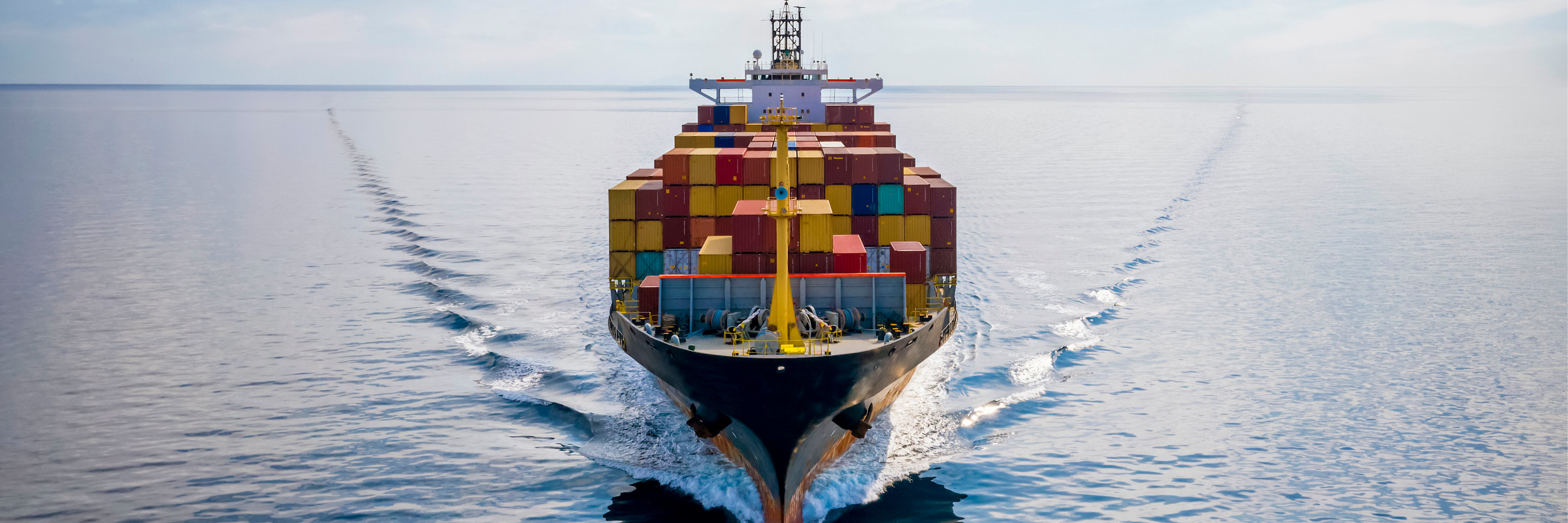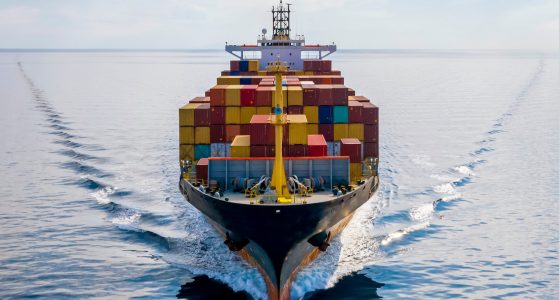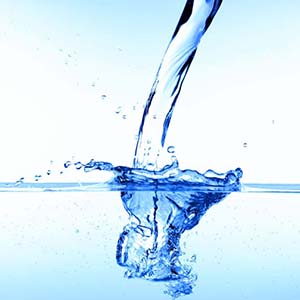
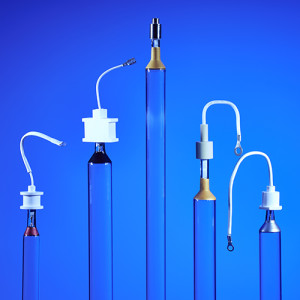
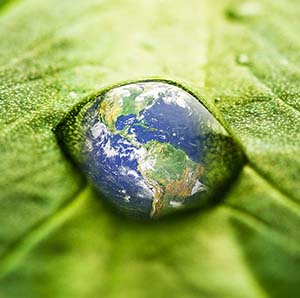
Ballast Water Treatment Systems under New Regulations
If you need assistance complying with upcoming regulations for ballast water treatment systems, look no further. The MEPC (Marine Environment Protection Committee), a subsidiary group of the IMO (International Maritime Organization) is globally enforcing new standards for ballast water treatment systems for ships effective September 8, 2017. The current standard, referred to as the Ballast Water Management Convention, was adopted in 2004 following initiatives by the IMO to establish procedures and standards for managing and controlling ballast water for ships. The new regulations take those procedures even further.
The main goal of these newly established standards and procedures for the management and treatment of ships’ ballast water is to prevent the spread of harmful marine organisms from one region to another. Under the new terms of the Convention, all ships traveling in international waters will be required to have ballast water treatment systems that remove or destroy aquatic organisms, pathogens and sediments that occupy their ballast water with a ship-specific ballast water treatment plan.
The new regulations vary depending upon when the ship was constructed, and the capacity for holding ballast water, but one thing is clear: most ships will need to install an on-board ballast water treatment system.
Harmful Effects of Untreated Ballast Water
Seawater is used as ballast to adjust the weight of ships for stability and is easy to control as water can be drawn in for greater stability when cargo is unloaded, or can be pumped back out into the ocean to reduce the weight when carrying a full load of cargo. Seawater is pumped in or out through pumps connected to the ballast tanks. When ships, cruise ships, cargo ships, or tankers, take on water in one region or while traveling through coastal waters, it is discharged in another region.
This oceanic ballast water contains hundreds of marine organisms such as algae, mussels, different species of crabs, and a variety of viruses and bacteria that are harmful to the new environments including other marine life and human life, in which they are discharged. This new occupation of foreign material causes an abundance of problems for the region in which they are discharged including damage to beaches and infrastructure, disrupting the food chain, and costs at least 200 million per year in damages. The introduction of harmful pathogens and organisms to new environments has been identified as one of the four greatest hazards to the world’s oceans.
Ballast Water Treatment Systems
The LightSources Group has been successfully providing UV lamps for radiation of harmful organisms in ship ballast water for over a decade. Other methods use filtration, and chlorination, although these systems may require dichlorination, and can be corrosive. UV radiation is proven extremely effective for treating a wide range of microorganisms while leaving no harmful residual chemicals, and requires minimal maintenance. LightSources has partnered with several of the largest providers in the world of ballast water treatment systems for ships by providing quality components for either new ship construction, or alterations to existing ships to become compliant.
The LightSources Group has facilities in the United States and Europe, offering expert solutions in designing the most appropriate system for your needs, with quick turn-around time and global distribution. We are continually conducting research and development to look for new ways to improve our product and process, and are proud to have pioneered proprietary LongLIfe™ technology in our Low Pressure (LP) Pellet Amalgam Lamps for UV germicidal applications. We can custom design any bulb to fit your system, with superior UV treatment which is most effective for germ killing solutions at a 254nm wavelength.
Our LP Amalgam lamps use advanced technology, with an increased efficiency of 30-35% over other bulbs, and leave a small footprint which is important in limited space. Preserving the environment has always been a top concern in all of our operations, and LightSources takes pride in providing environmentally friendly effective UV germicidal applications.
Our Medium Pressure UV germicidal bulbs are also just as effective, and leave an even smaller footprint which smaller vessels find desirable. Our expert engineers are on staff and await your call to assist you with developing the most appropriate solution for you. Please review detailed educational material on Germicidal Lamp Basics, one of the many informative documents you will find on our site.
LAMP PRODUCT DATA:
UV Germicidal LampsLAMP APPLICATIONS:
UV Germicidal ApplicationsLightSources and its affiliated companies – LCD Lighting, Voltarc, LightTech, and Cerlux represent the leading high-tech designers and manufacturers in the lamp industry today. Our standard lamps and components as well as customized products offer high-quality solutions to meet our partner’s unique needs. Please contact us to learn more about UV applications for ballast water treatment systems.
This post is also available in:
 Chinese (Simplified)
Chinese (Simplified)

